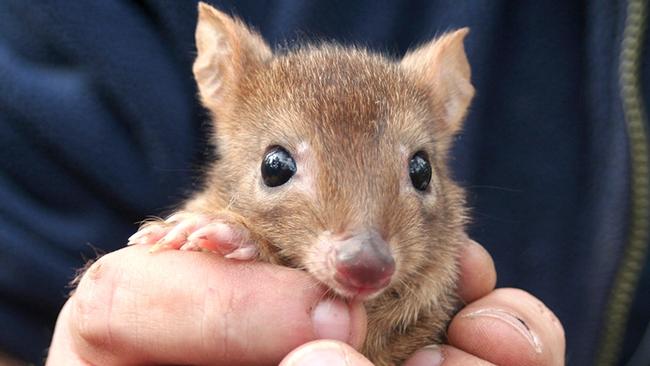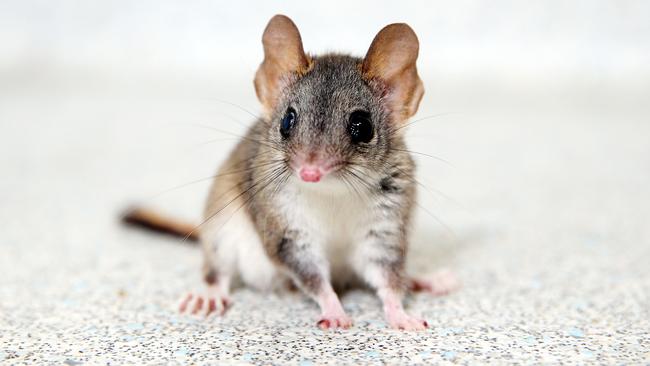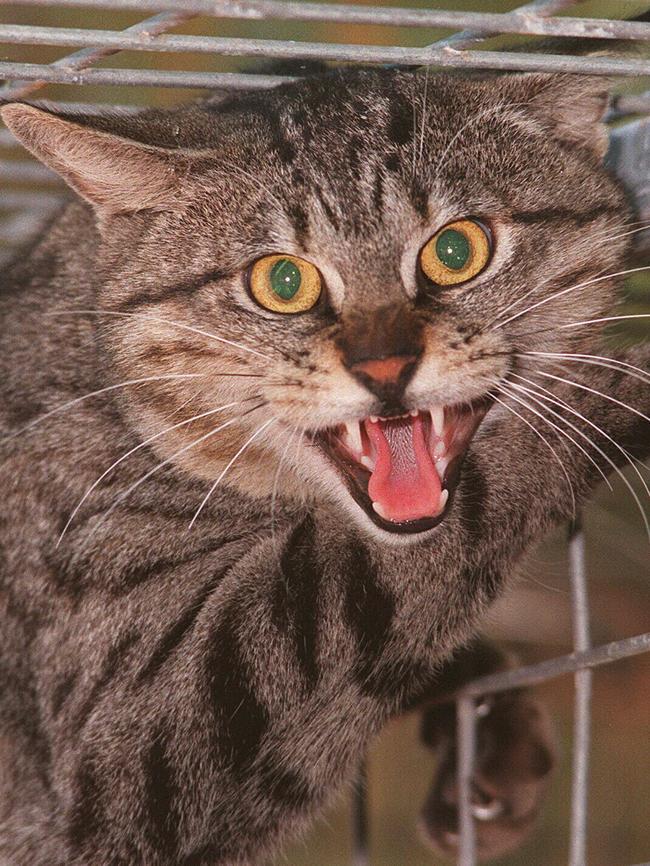Work nears on huge Yorke Peninsula open-range sanctuary under Great Southern Ark plans
Work on a $17 million project to create Australia’s largest open-range sanctuary is expected to begin by the end of next month.

SA News
Don't miss out on the headlines from SA News. Followed categories will be added to My News.
Work on a $17 million project to create Australia’s largest open-range sanctuary on the Yorke Peninsula, is expected to begin by the end of February.
Natural Resources Northern and Yorke has called for tenders for the construction of a 23km fence on the southern part of the peninsula, in a bid to reduce the fox and wild cats populations.
The project – Great Southern Ark – will also involve the reintroduction of animal species at risk of Australia-wide extinction, including southern brown bandicoots, red tailed phascogales (small, carnivorous marsupials) and western quolls.

Manager of planning and programs, Andy Sharp, said it would bring a huge boost to agriculture and eco-tourism, alongside the project’s biodiversity benefits.
“It’s about creating a drawcard to attract visitors to southern Yorke, and also about providing opportunities for new tourism operations to start,” Dr Sharp said.
Under the project’s first stage, a fence would isolate a large part of the peninsula’s ‘foot’, running north-south near Warooka and creating a 130,000ha sanctuary.
Construction is expected to begin in about six weeks, and be complete by June.
Then in about a decade, the project partners hope to build a second, 30km fence, isolating the peninsula’s ‘ankle’ running from near Stansbury to Hardwicke Bay, extending the total sanctuary area to about 150,000ha.
The 1.8m-tall fences would follow existing fence lines, with breaks in the perimeter where roads pass through.


Fox and cat control measures would be used along the fence to reduce the number of ‘pest’ predators accessing the southern part of the peninsula. The project partners have secured about $2.6 million towards the program’s cost – expected to be about $17 million over 20 years.
Dr Sharp said more funding would be sought through fundraising campaigns, philanthropists and other sources.
“We’re expecting the returns on the work we do to increase economic activity by about $1.2 million per annum, so it will very rapidly pay itself off,” he said. A report on the project stated that 95 per cent of the district’s 29 mammal species were locally extinct.
Returning native predators, such as barn owls and quolls, would help reduce pest species including house mice, rabbits and wild cats.

“At the moment, farmers are often faced with plagues of house mice. But barn owls will have significant impact on the house mice abundance, so it should improve agricultural activities as well,” Dr Sharp said. Animals such as brush-tailed bettongs would help improve the area’s soil quality.
“One of these little guys can turn over up to five tonnes of soil per annum and that will increase the permeability of the soil to water,” Dr Sharp said.
“It also creates little microhabitat sites for plant species.”
Matthew Flinders Fellow in Global Ecology Corey Bradshaw said, the new sanctuary could provide a home for many species which had gone “functionally extinct”.
“We still have a lot of these species around in small populations or even captive ones, but it’s an opportunity to create pre-European-type habitats,” Professor Bradshaw said.
The project is being led by the Northern and Yorke Natural Resources Management Board, with the help of partner organisations and the local community.


